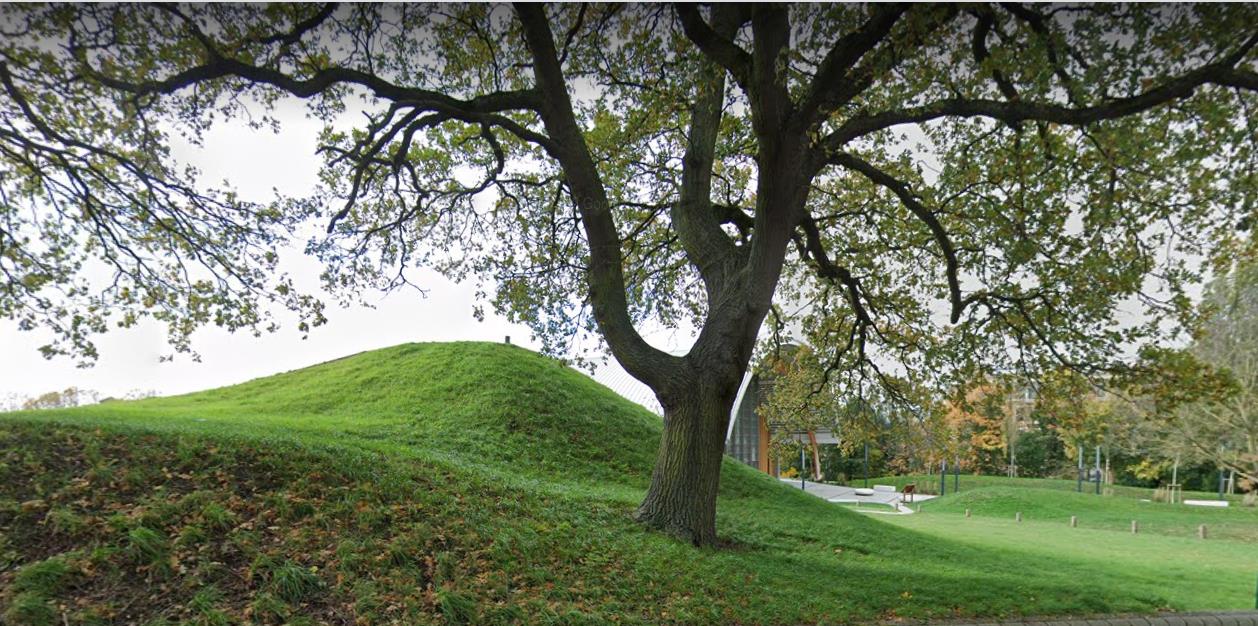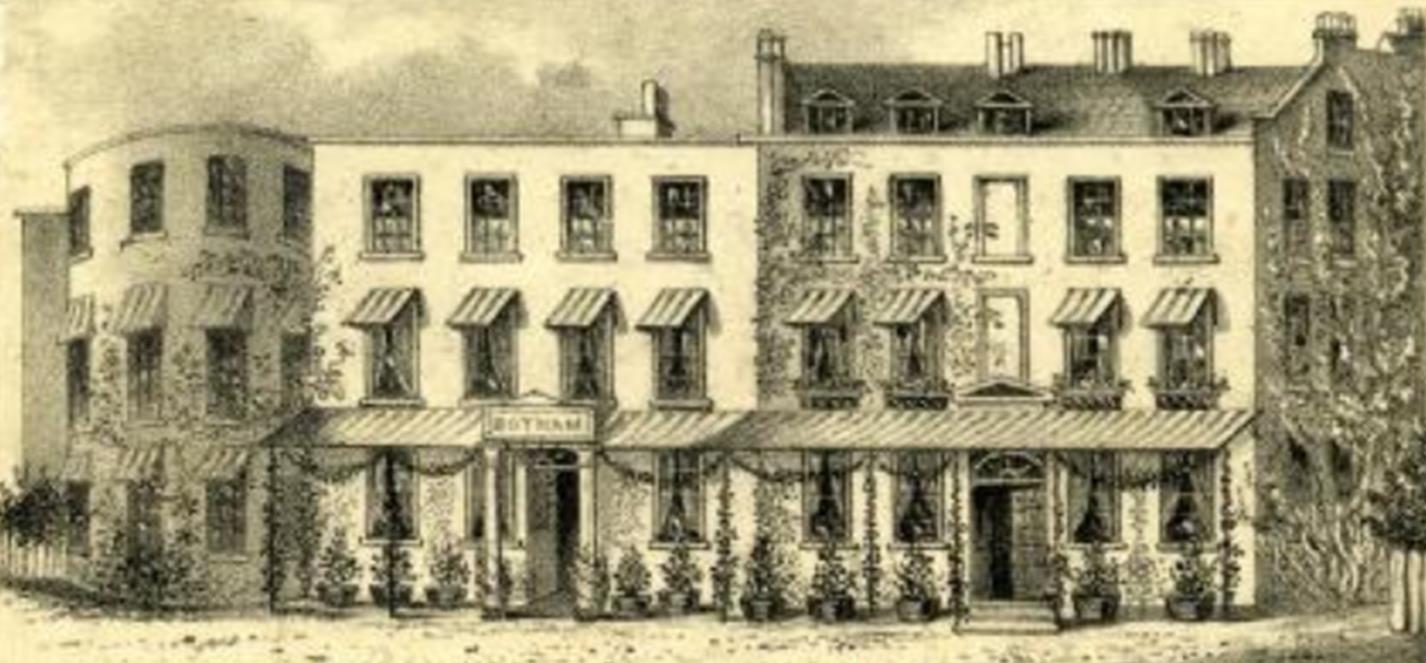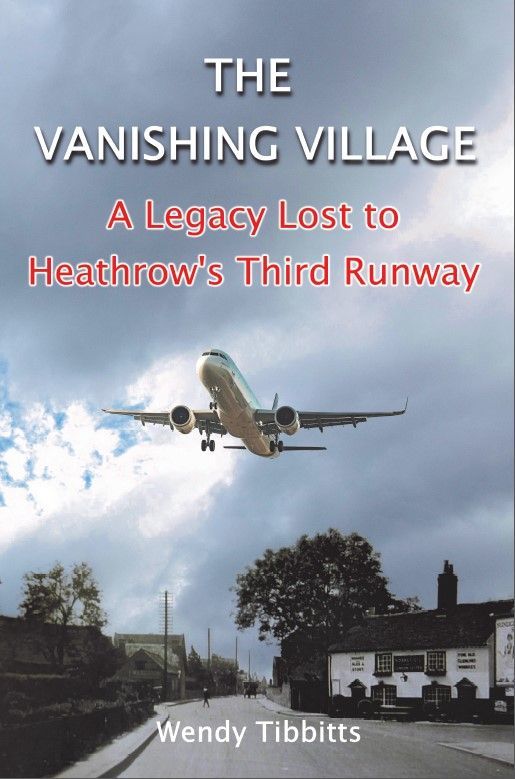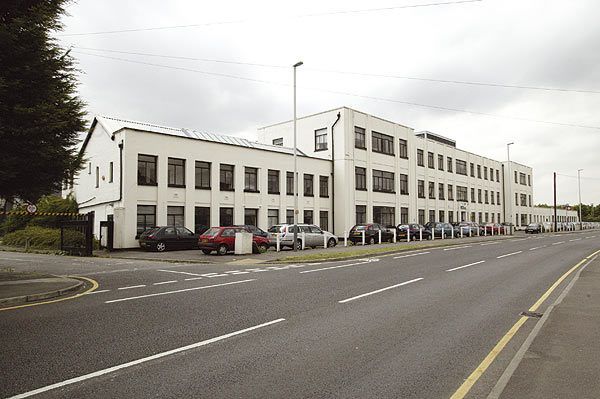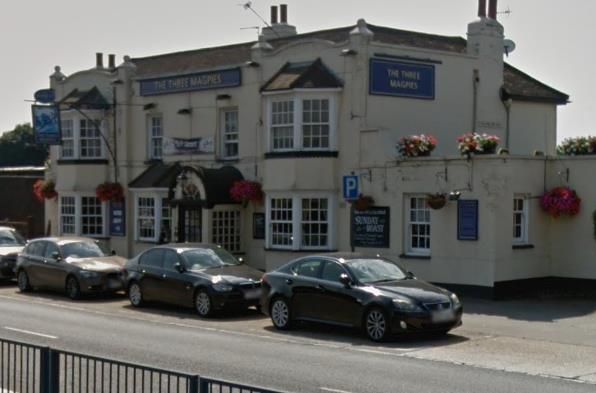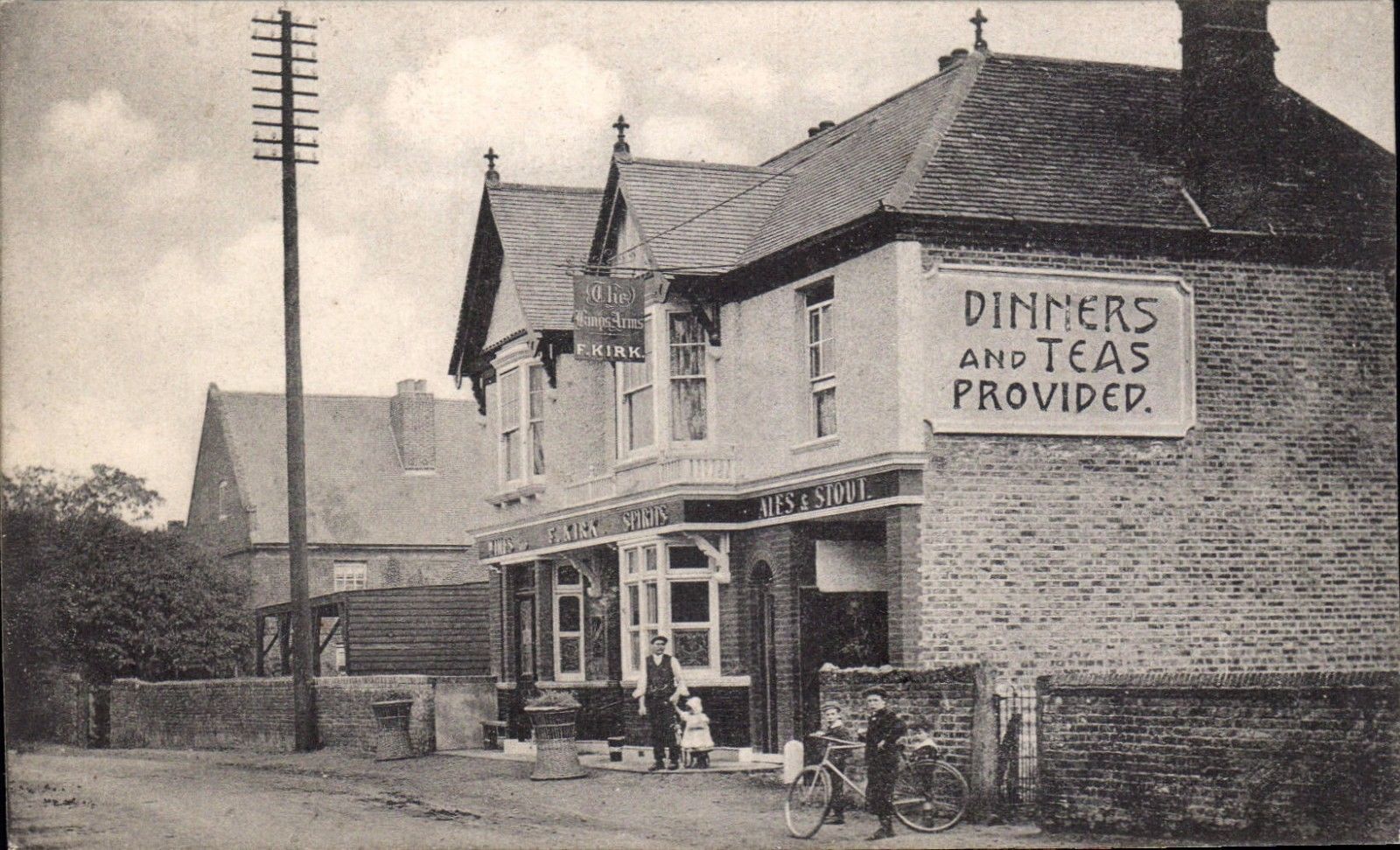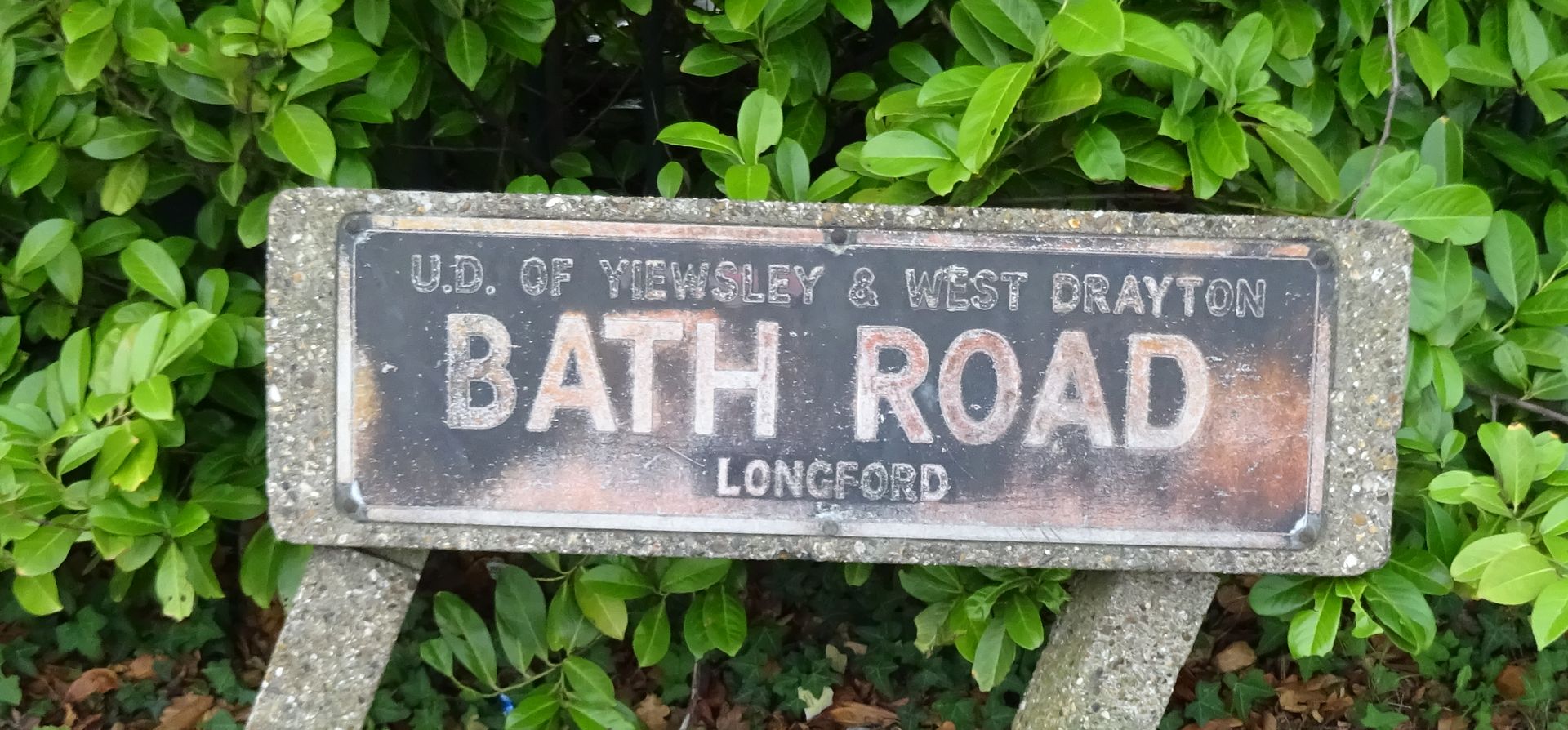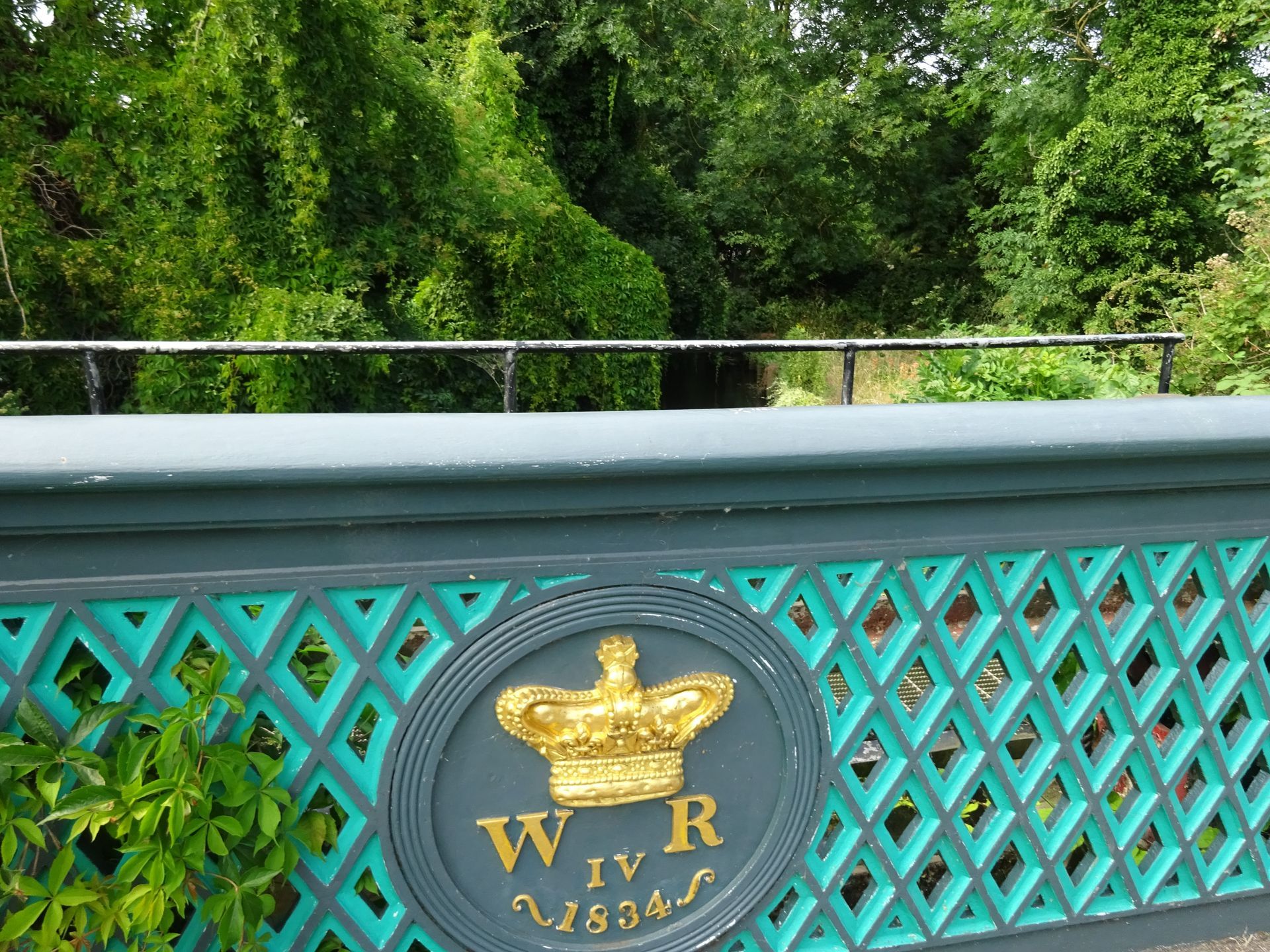The King and the Eton Montem
Every three years the boys of Eton College dressed in bizarre clothes marched from the school to an Anglo-Saxon burial mound at Salt Hill, on the Great Bath Road, where they climbed the mound and performed a mock ceremony. They called the ceremony ad montem (to the mountain), and Montem is the name of the sports centre and ice-rink in Slough.
The second Tuesday in June 1832 was a dull cloudy day, but that did not dampen the excitement felt by eighteen-year-old Richard Weekly, as he mounted his horse in the farmyard at Perry Oaks farm (now under Terminal Five at London Airport) and set off along the Great Bath Road. Richard was taking a rare day off from helping his father run their 300-acre farm. As he rode west along the Bath Road he was stopped at Colnbrook Bridge by two Eton schoolboys, named Thackeray and Walker, who were dressed in mock military uniforms. "Give us some salt", they demanded. Richard was expecting this and good-humouredly handed over some coins. They were raising charitable donations for the event Richard was about to witness. In return he was given a yellow ticket on which was printed, “Pro More et Monte – Vivant Rex et Regina.” He stuck the ticket in his hat knowing that it exempted him from any more requests for “salt”, and continued his journey. As he approached the village of Slough, Berkshire, the roads got busier with excited crowds of people and riders. Gaily decorated carriages lined the roads from Windsor to Slough. Richard eventually found a vantage point where he stopped to view the event that everyone had come to see.
At eleven o’clock six hundred Eton schoolboys were assembled in the quadrangle at Eton College for the arrival of the seven carriages carrying the Royal Party. The King had been asked for “salt” at Eton Bridge and had handed over 50 guineas before continuing to the college. The Montem event, conveniently timed for The Court’s relocation to Windsor for the summer, was witnessed by King William IV and Queen Adelaide and their royal visitors. They were joined by the Provost and other exclusive guests to watch the boys, who were all assembled in various forms of fancy dress. The pageant paraded three times around the square in front of the King, until a heavy shower sent the Royal Party into the college to watch the ceremonial flag waving from the windows. Then the procession started.
Richard Weekly watched as first a schoolboy called Brown and four attendants dressed in Spanish dresses led the parade, followed by the Band of Scotch [sic] Fusilier guards. Then the school Captain, Williams, marched ahead of a group of boys dressed in Greek costume. Another boy, calling himself the Sergeant Major, in mock-military attire, was accompanied by boys in Indian costume. The parade continued with some boys in military-type uniforms with swords and plumes, and other boys in various forms of fancy dress. Following this motley crew was the band of the First Life Guards and then a pupil calling himself an Ensign with an escort of boys dressed as Highlanders. Boy musicians were followed by boys dressed in Robin Hood-style Lincoln-green velvet. Behind the marchers were the carriages of the Royal party, and then an endless line of carriages carrying the nobility and gentry.
Around two in the afternoon the procession arrived at Salt Hill where the King and Queen received a huge welcoming cheer. The Royal party stayed in their carriages whilst the boys once again paraded before them around the Mound. Then a detachment of boys including the flag bearer climbed the mound, unfurled the flag and waved it to endless applause. With the ceremony now over, the Royal carriages returned to Windsor, and the boys adjourned for refreshments to The Windmill coaching inn across the Bath Road from the Mound. The Windmill had extensive ornamental gardens around which the boys would normally promenade, but this year a heavy shower of rain prevented that. Now, soaked and bedraggled, the boys, like a miniature routed army, made their way back towards Eton. The mud and slush underfoot spoiling their elaborate costumes. About a £1000 had been raised in “salt” and after defraying expenses what was left went to R.D. Williams, Captain of the school, and son of the bookseller and publisher of the Eton Classics. It was to pay for his education at Cambridge University.
Richard Weekly pulled his hat down hard over his face to stop the torrents of rain hitting his face as he rode the six miles back to Perry Oaks to relate all the sights and sounds of what he had seen to his parents and sister.
The triannual event and the crowds it attracted, was already a magnet for pickpockets and pilferers. As the years went by and after the Great Western Railway Station opened at Slough in 1838, hordes more sightseers would travel from London for the event. By 1841 and 1844 the multitude of people became unmanageable, and these new sightseers were reluctant to continue the tradition of donating “salt”. In 1847 the Provost and Head-master of Eton College proposed to end the ceremony and give the Captain of the school a gratuity instead. This sparked protests from former Etonians and a petition was sent to Queen Victoria, but without success and the long history of the Eton Montem, probably derived from a pagan festival, came to an end.
The original Windmill hotel, a staging post for coaches on the Bath Road, was burnt down in 1882 and a new pub with the same name was built on the site by the brewery owners. This was demolished in 2000 and now the name is preserved in a newly built Care Centre.
Sources:
Windsor and Eton Express - Saturday 16 June 1832, and other contemporary newspapers.
Richard Weekly’s diary (in possession of the author)
http://www.sloughhistoryonline.org.uk/
Read more about Richard Weekly in: "Longford: A Village in Limbo" by Wendy Tibbitts
For a “Look Inside” option for this book go to
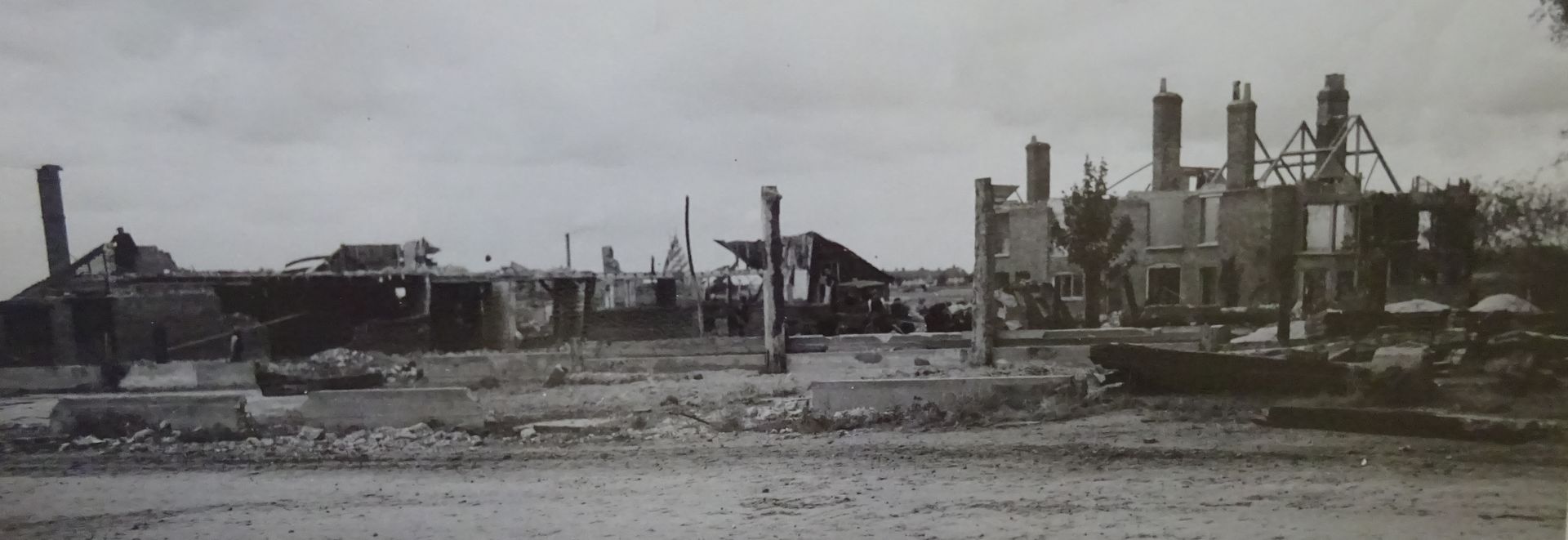
The villages around Heathrow have been blighted since 1946 as successive governments have procrastinated and made bad decisions about expanding the airport. These former rural agricultural villages have been fighting airport expansion for eighty years, meanwhile the Grade II listed buildings have deteriorated and the community are exhausted by years of protest.
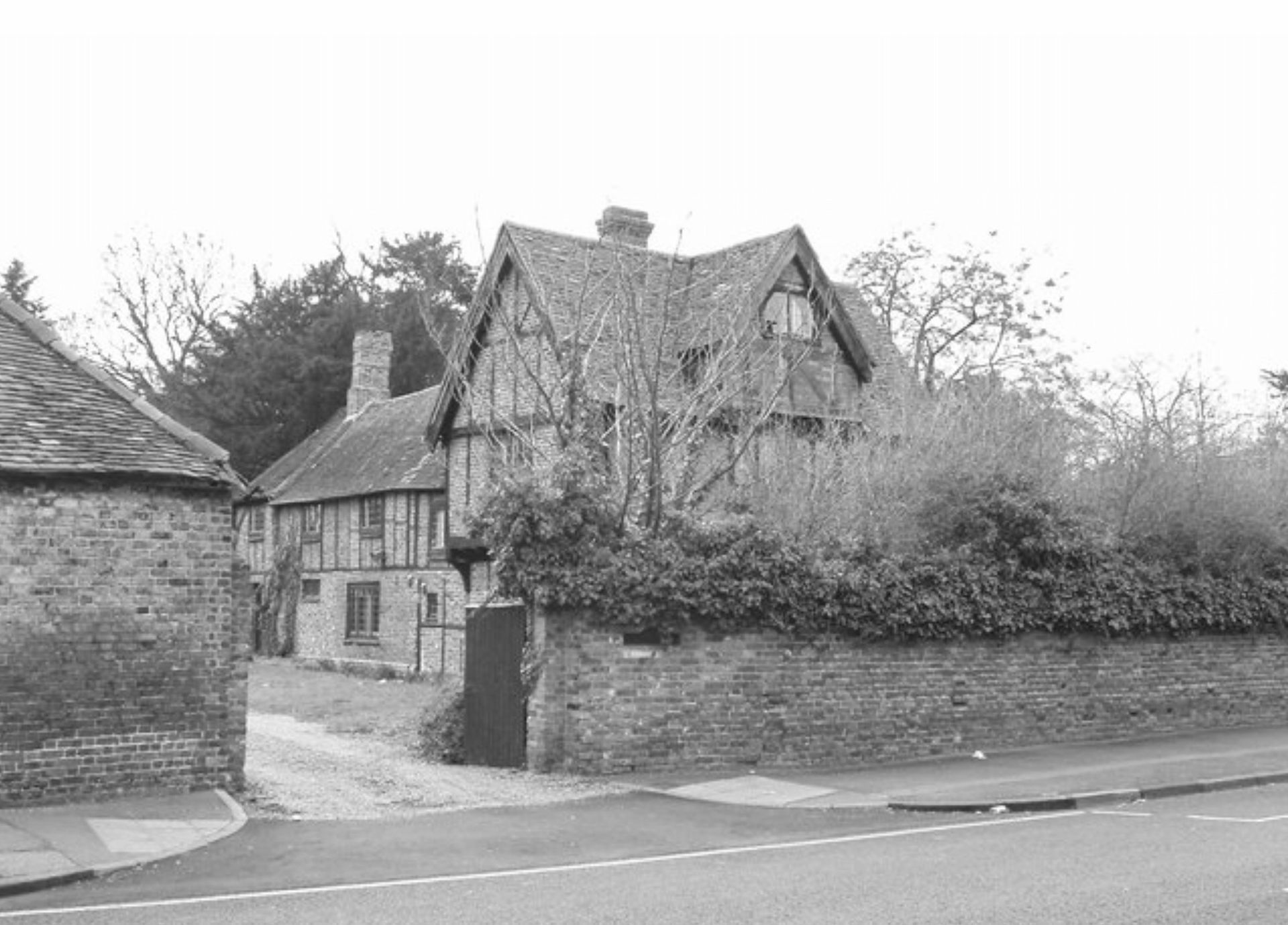
The Kings Head later called The Peggy Bedford is a Grade II listed Elizabethan building in Longford, Middlesex, that was a major coaching inn on the Bath Road (A4) for centuries. Now blighted by the prospect of the whole village being demolished under the Heathrow expansion plans, it lies, empty and derelict and on the At Risk register.

